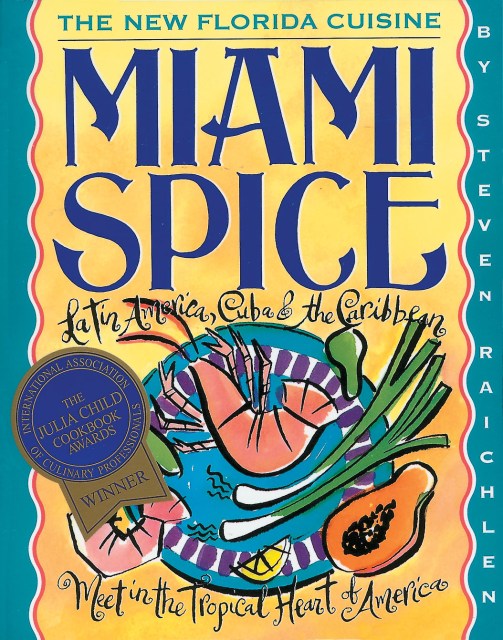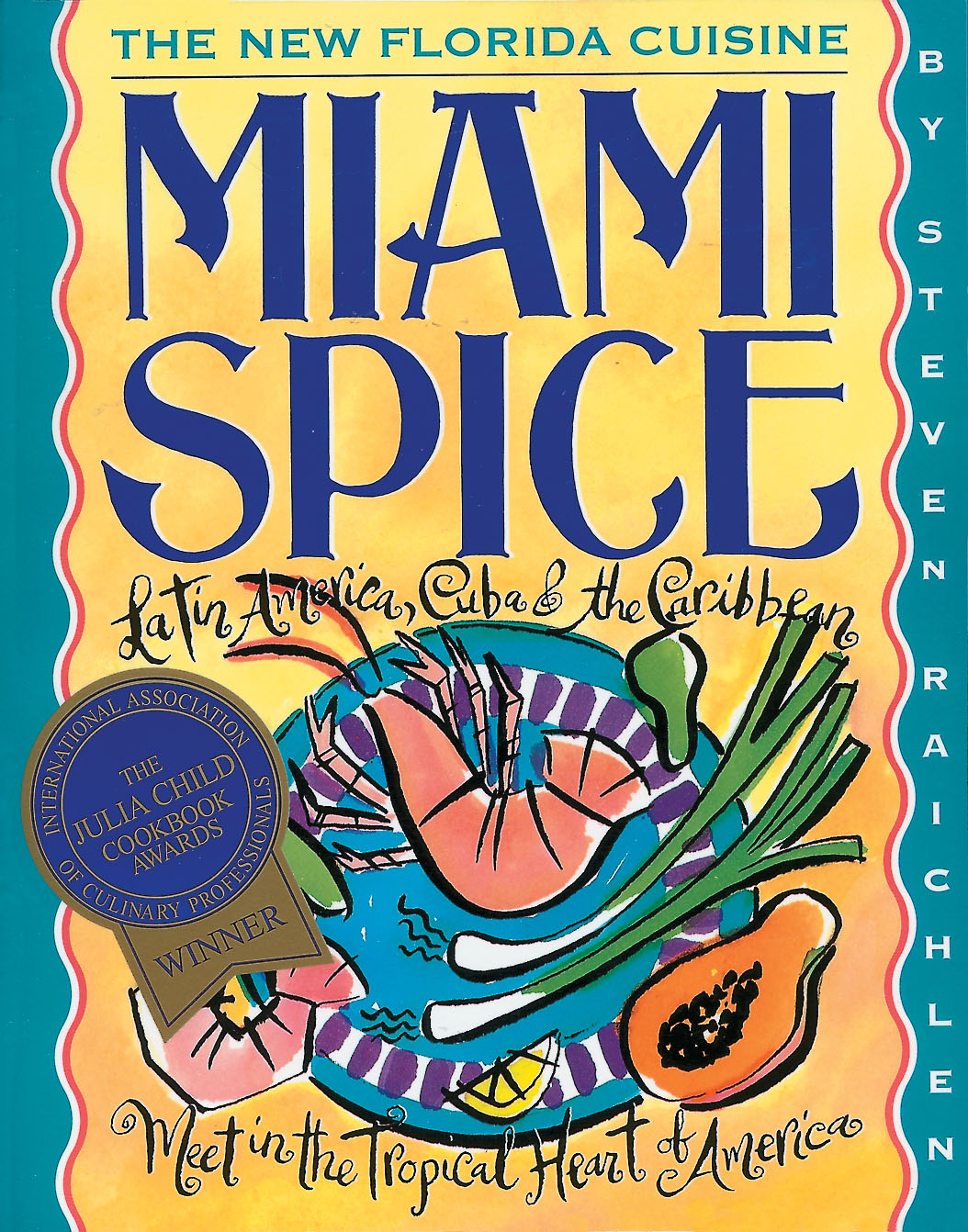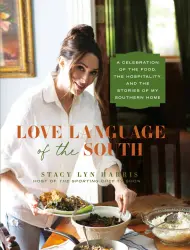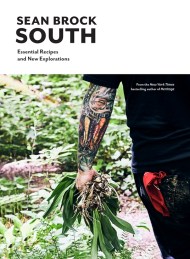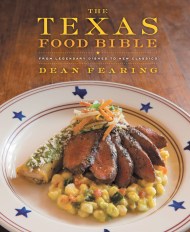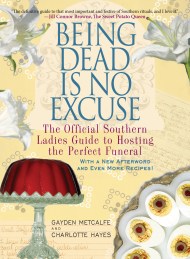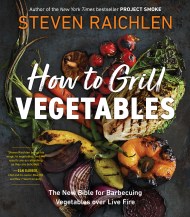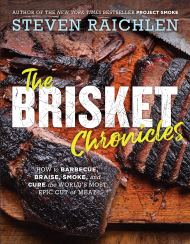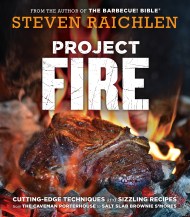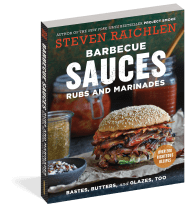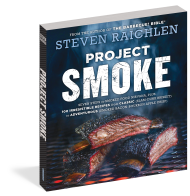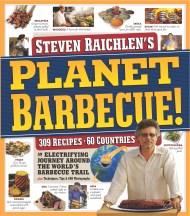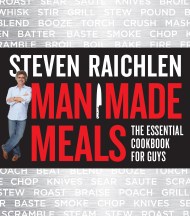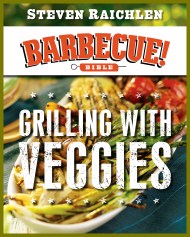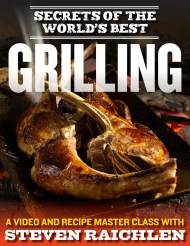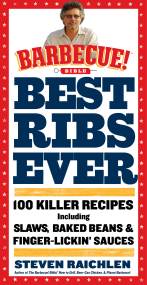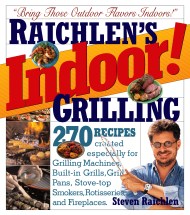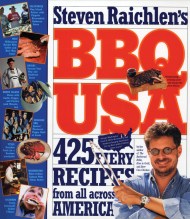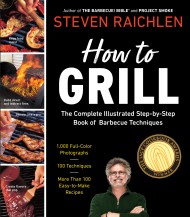Miami Spice
The New Florida Cuisine
Contributors
Formats and Prices
Price
$21.99Price
$28.99 CADFormat
Format:
- Trade Paperback $21.99 $28.99 CAD
- ebook $14.99 $19.99 CAD
This item is a preorder. Your payment method will be charged immediately, and the product is expected to ship on or around January 11, 1993. This date is subject to change due to shipping delays beyond our control.
Also available from:
The new star of the culinary galaxy is South Florida, declares The New York Times. And no wonder. Out of America’s tropical melting pot comes an inventive cuisine bursting with flavor–and now Steven Raichlen, an award-winning food writer, shares the best of it in Miami Spice. With 200 recipes and firsthand reports from around the state, Miami Spice captures the irresistible convergence of Latin, Caribbean, and Cuban influences with Florida’s cornucopia of stone crabs, snapper, plantains, star fruit, and other exotic native ingredients (most of which can be found today in supermarkets around the country).
Main selection of the Book-of-the-Month Club’s HomeStyle Books. Winner of a 1993 IACP/Julia Child Cookbook Award.
Main selection of the Book-of-the-Month Club’s HomeStyle Books. Winner of a 1993 IACP/Julia Child Cookbook Award.
- On Sale
- Jan 11, 1993
- Page Count
- 352 pages
- Publisher
- Workman Publishing Company
- ISBN-13
- 9781563053467
Newsletter Signup
By clicking ‘Sign Up,’ I acknowledge that I have read and agree to Hachette Book Group’s Privacy Policy and Terms of Use
